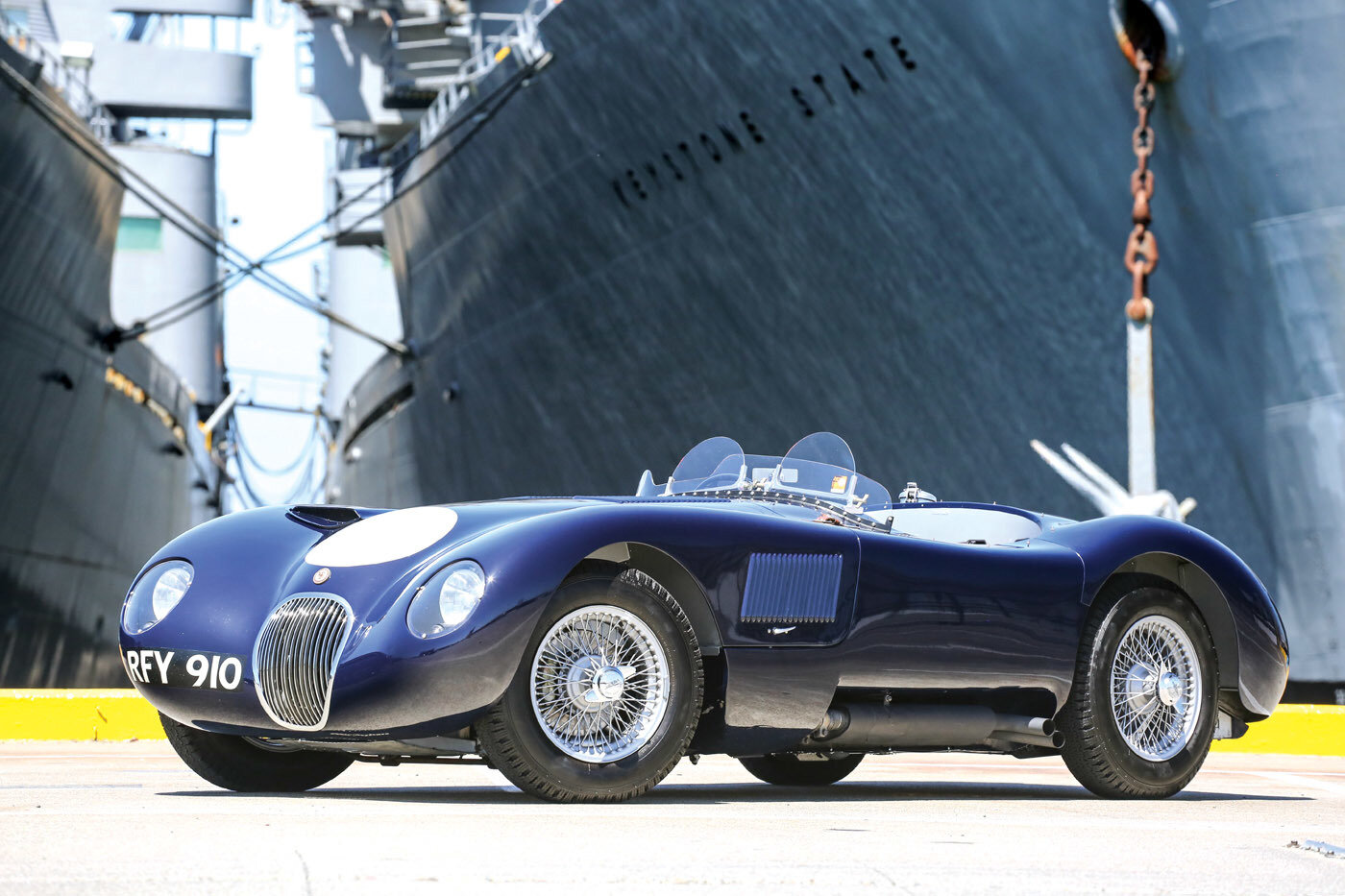
Lynx Motors Jaguar C-Type
Courtesy of Fantasy Junction
Photos by Derek Tam Scott
The C-Type is undoubtedly one of Jaguar’s most successful and iconic creations. A dedicated racing variant of the lightweight XK120, the C-Type was converted to competition duty through the use of a stunning body and careful reengineering of all major mechanical systems.
Designed by Jaguar’s legendary engineer Malcolm Sayer, the bodywork is among the most beautiful ever fitted to any car. But interestingly, Malcolm eschewed the term “stylist,” stating he was not a hairdresser. Instead, he relied on proven aerodynamic principles and took a mathematic approach to design, a methodology that bewildered even his close colleagues.
The car was an instant success, winning Le Mans on its first outing in 1951 and again in 1953. It continued to use the sophisticated twin-cam XK inline-six and for the first time in an automobile, disc brakes, which had been pioneered on World War II airplanes.
Just 52 C-Types were ever built, and they now trade hands for millions of dollars, as high as $13 million for one example with racing pedigree. Given such lofty values, it comes as no surprise that faithful replicas built with Jaguar mechanicals are popular among enthusiasts. They seek to capture the historic experience of one of the all-time great sports racing cars without the massive price tag or uneasiness associated with enjoying such a valuable car.
One premium-grade example is from Lynx Motors, a British firm whose cars are highly regarded for their exceptional craftsmanship and faithfulness to the original C-Type. The Lynx recreation closely mimics the factory cars with a tubular chassis dressed in hand-wheeled aluminum bodywork.
This particular car was built in 1997 for its original owner, Rodney Smith, who was a prominent San Francisco Bay Area collector. He was closely involved with the build of the car by corresponding regularly with Lynx in the U.K. during its construction. It was built using a 1959 XK150 as a basis and is titled accordingly. Today it retains the original registration number of that car, RFY 910, as well as its Swansea V5 logbook from the U.K. The car was shipped to its original owner in 1998, and it has remained in the San Francisco Bay Area since.
Included with the car is a large file of correspondence with Lynx, which includes discussion of the aesthetic details, colors and mechanical specification, along with photographs of its assembly. It was used extensively in Lynx’s marketing materials, including appearing as the feature car in their C-Type brochure and numerous print advertisements.
The paint and bodywork were done to high standards with excellent fit and craftsmanship throughout. Some minor wear with a few small cracks are evident in the otherwise deep, lustrous paint.
An original-type air intake scoop on the driver’s side of the hood feeds air to the Weber carburetors. For nostalgic effect, a pair of Brookland screens are fitted, along with a full-width aero screen. The classic wire wheels wear Pirelli Cinturato tires.
Red leather upholstery accents the purposeful and period-correct cockpit treatment. Other than the seats, the interior is spartan in execution, with silver framework, body panels and Hardura trim, in addition to four-point harnesses and a kill switch. The car is fully instrumented, including speedometer and counterclockwise-rotating tachometer. To the right of the steering wheel is a spare spark-plug holder.
The 3.8-liter XK power plant makes a strong visual statement in the nicely detailed engine compartment. An appropriate four-speed Moss gearbox backs the twin-cam six-cylinder, which breathes through triple Weber 45 carburetors. The engine was upgraded with competition pistons and connecting rods, along with a competition specified cylinder head that is ported with large intake valves. The compression ratio is a manageable 8.75:1 to allow for use of 91 octane. A correct vintage appearance is evident in the engine bay, down to the voltage regulators and cloth-covered wiring harnesses.
The Lynx sports an AP Racing competition clutch and a lightened flywheel, which was balanced with the crankshaft and clutch unit. The suspension is correct in layout, including the rear axle, a Salisbury unit with a limited-slip. Series III XJ6 disc brakes are used in all four corners with KONI shocks.
Since being acquired by the second and current owner in late 2014, the Lynx has been fitted with heat-resistant barriers and floor mats to make the car comfortable to drive on the street. Period-correct roundels have been fitted on the nose and rear of the car, making it suitable for street or track use.
The car is a definite head-turner, and an incredibly well-sorted reproduction that provides a remarkable driving experience. It starts easily when cold and packs a punch when up to temperature, delivering a coherent and trustworthy experience. The well-tuned engine is powerful and makes wonderful music, with exceptional throttle response and a smooth-shifting gearbox. The brakes have great stopping power and an excellent feel, with a nice firm pedal. The steering is direct and pleasingly quick, with the suspension providing excellent feedback and control. Overall the car inspires the kind of trust that allows the pilot to drive in a spirited fashion with confidence.
This beautiful car faithfully captures every meaningful element of one of the greatest cars of all time. An absolute pleasure to drive and look at, this car was built to the highest standards and represents superb value as well.

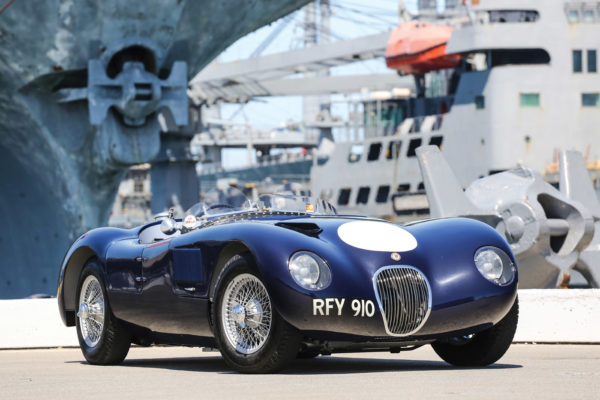
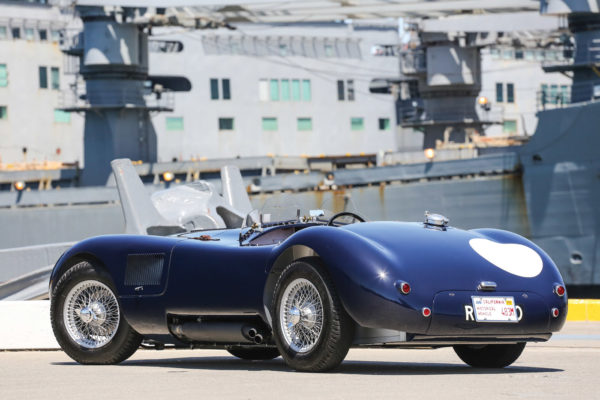
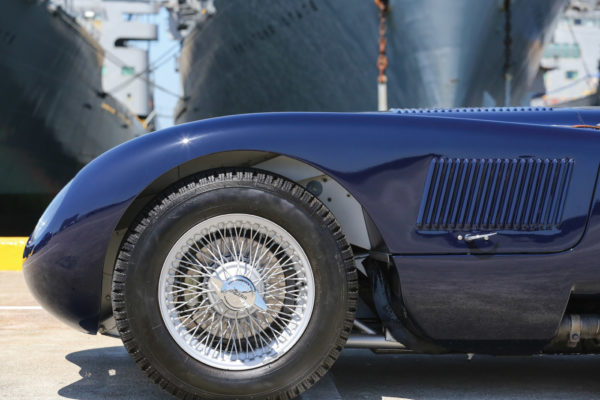
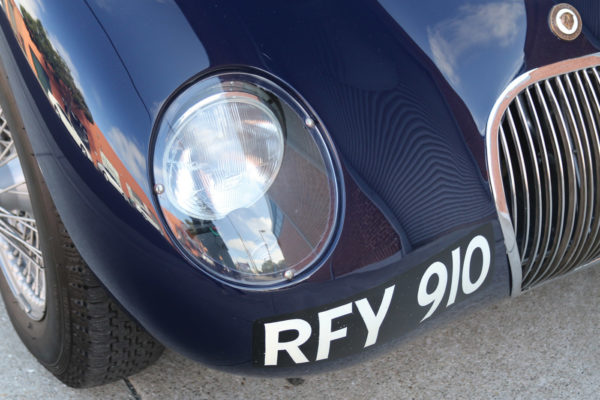
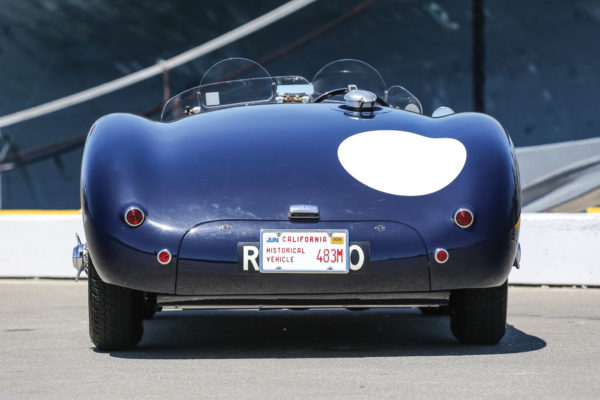
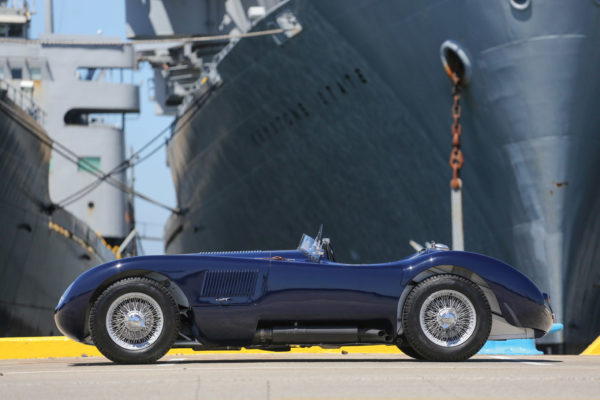
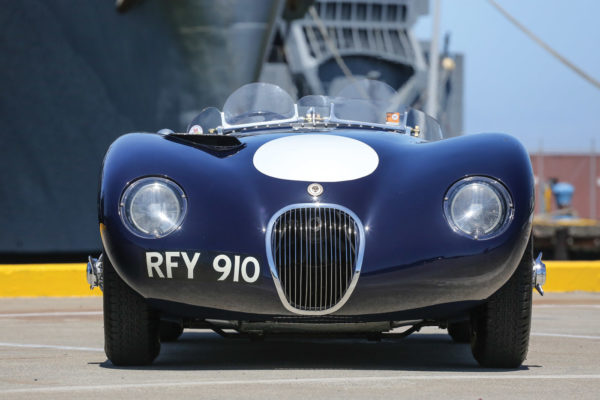
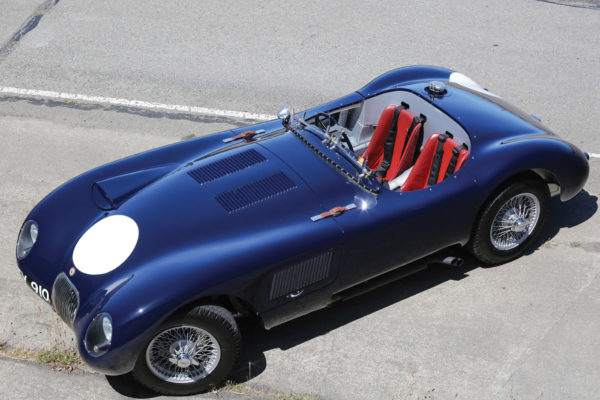
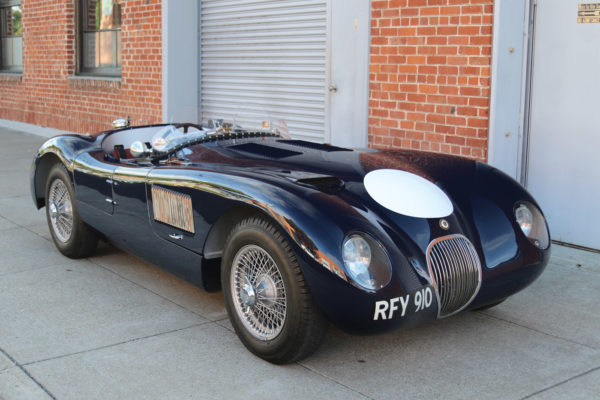
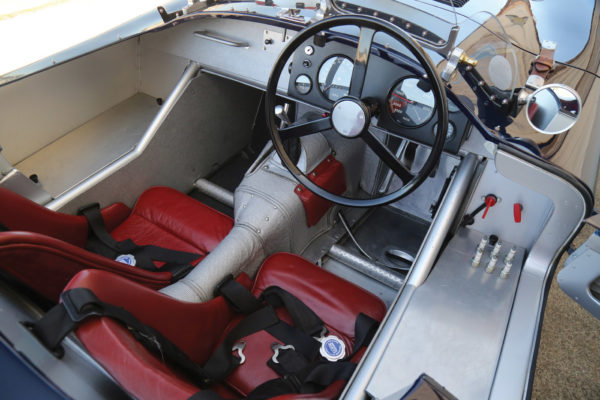
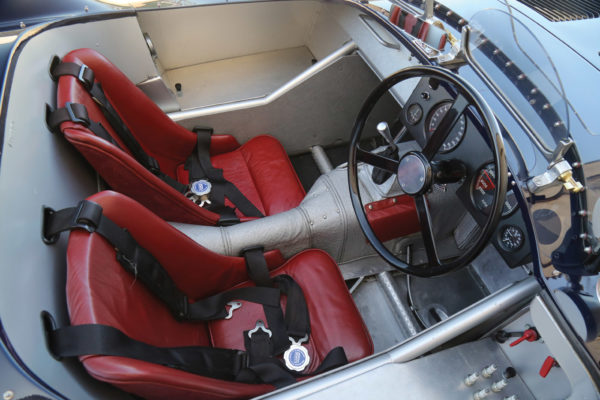
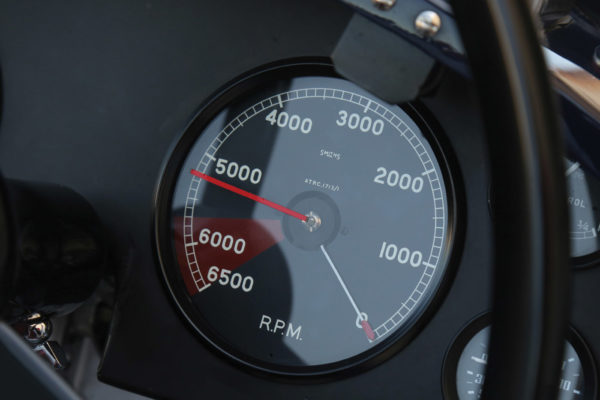
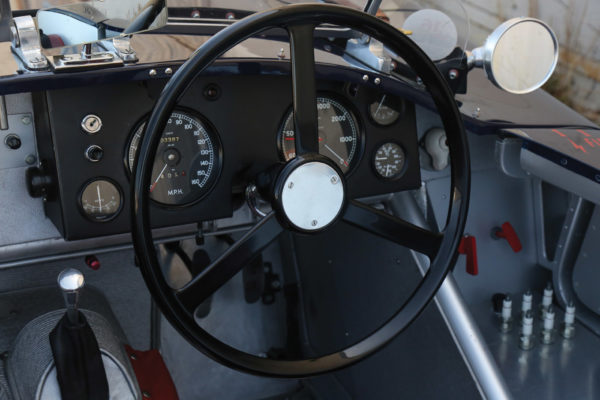
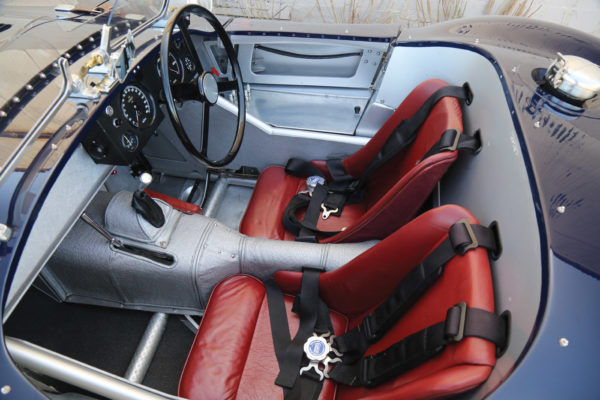
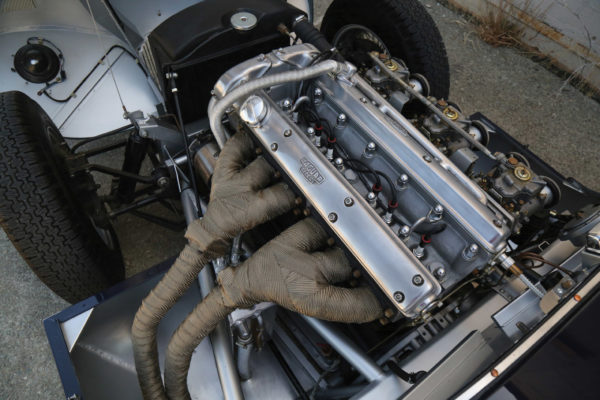
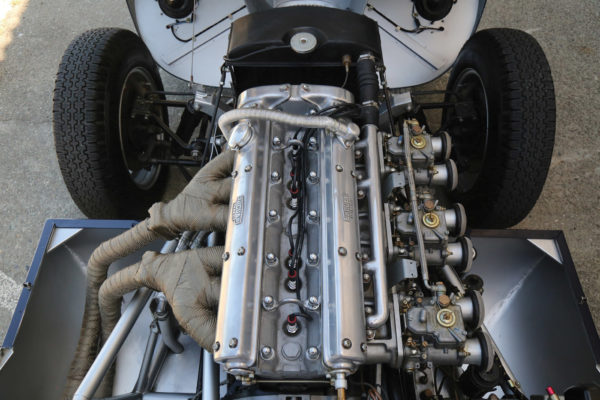
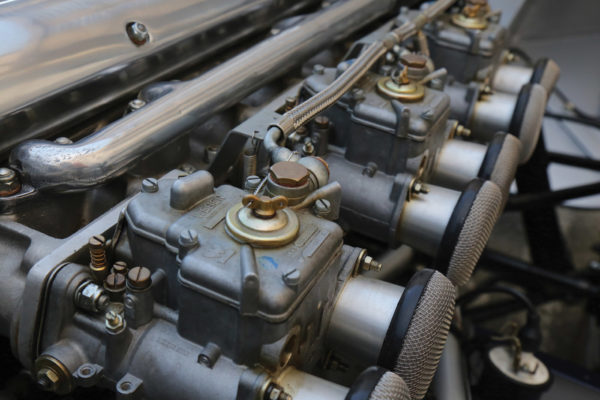
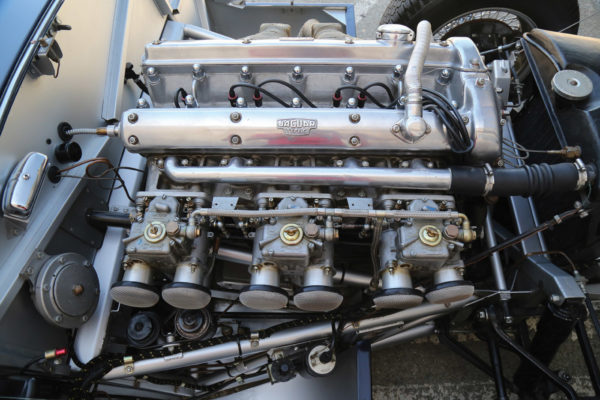
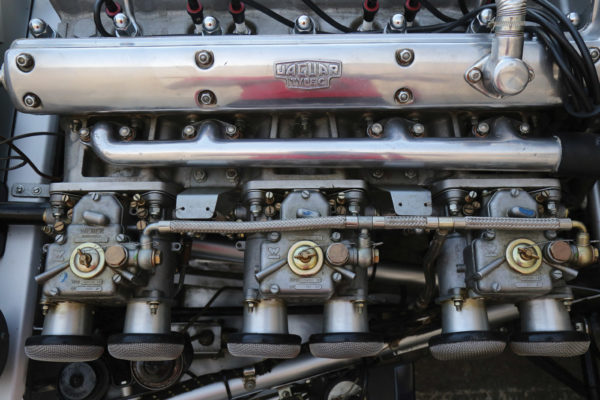
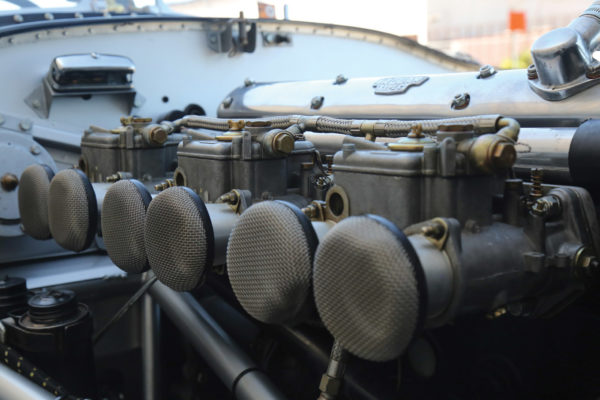
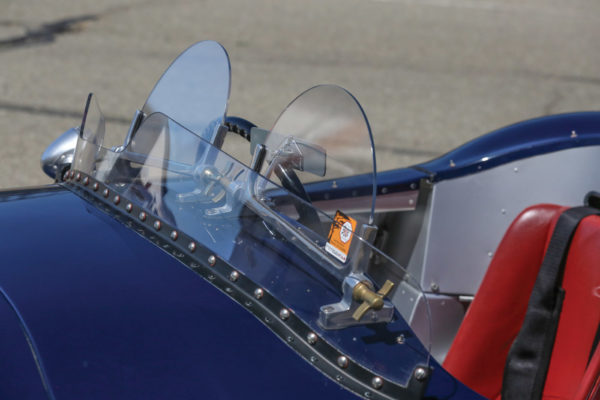
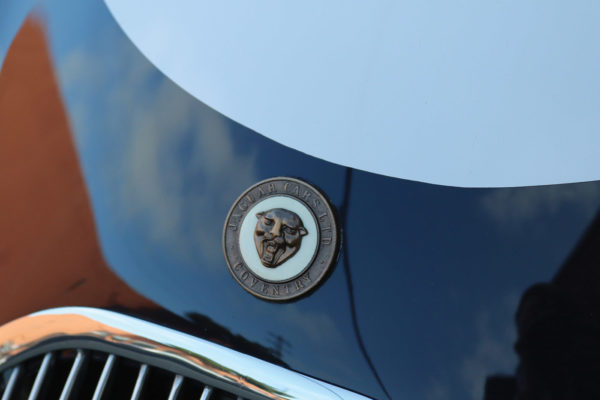
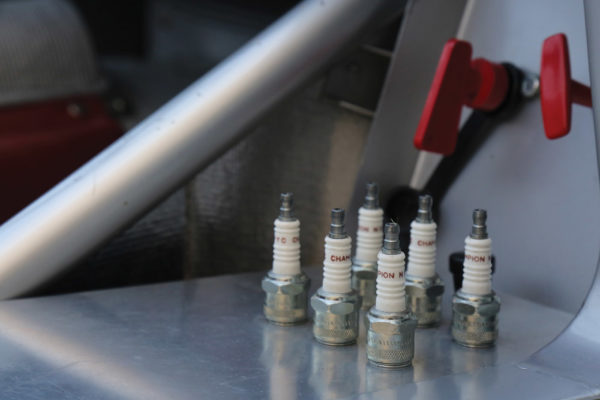
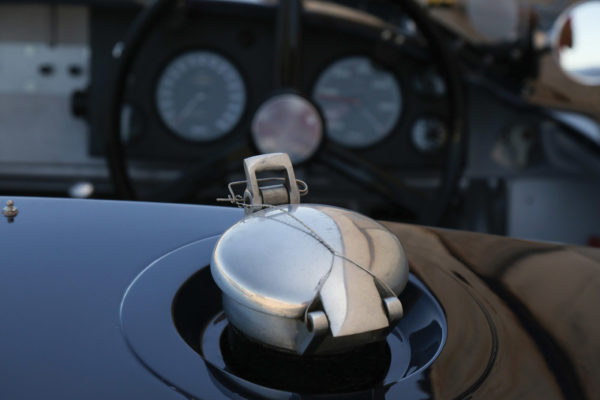
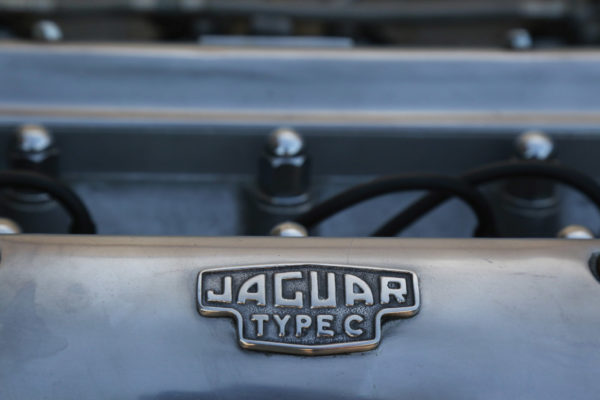
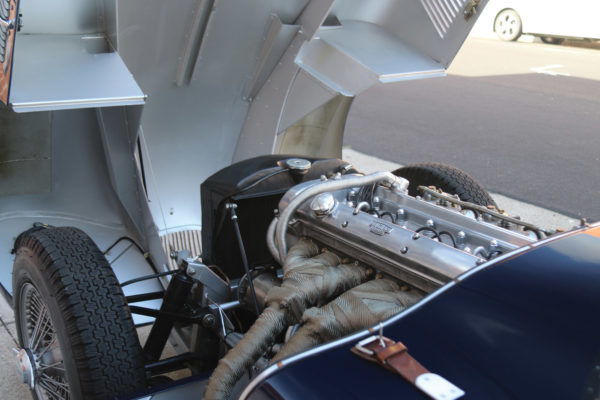
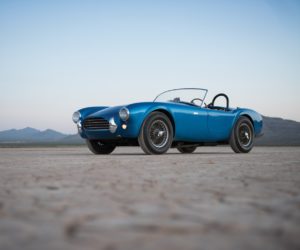
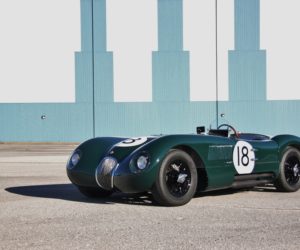
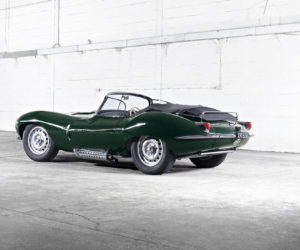
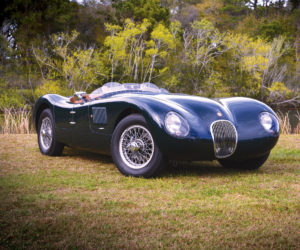
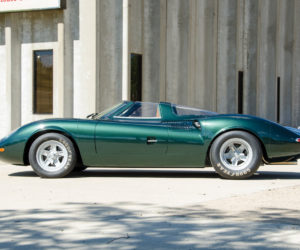
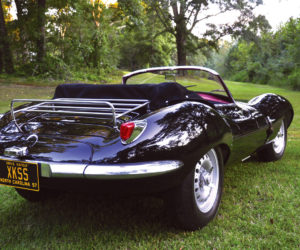




Comments for: Mathematical Methodology
comments powered by Disqus